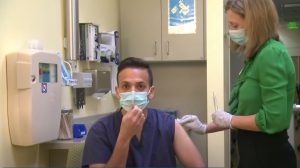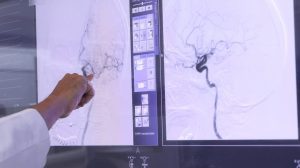NEW YORK (Reuters Health) – The results of a postmortem study indicate that elderly people who commit suicide usually do not have antidepressant medications in their systems at the time of death.
According to the report, antidepressants were found in less than one-in-four victims overall, and in even fewer of those in the oldest age group, 85 years and older.
“Assuming that many of the suicide victims had clinically treatable depression, these findings implicate problems in the delivery of specific antidepressant pharmacologic treatment to the ‘old-old’,” Dr. Robert C. Abrams, from Weill Cornell Medical College, New York, and colleagues comment.
The findings, reported in the Journal of Clinical Psychiatry for March, are based on a study of 255 suicide victims from New York City who were at least 65 years of age at the time of their death between 2001 and 2004.
The analysis focused on the 162 subjects (63.5%) for whom toxicology results were available. The researchers specifically looked for three classes of drugs: antidepressants, analgesics, and anxiolytic agents. The subjects were divided into three age strata: 65 to 74, 75 to 84, and 85 years and older.
Roughly 72% of the victims were male, the report indicates. The most commonly used suicide methods were jumping from a height and hanging, seen in 38.4% and 25.1% of cases, respectively. The oldest age group had the highest suicide rate at 10.7 per 100,000.
Antidepressants were found in 22.8% of the 162 subjects. By age group, rates of antidepressant detection were 22.0% in subjects 65 to 74 years of age, 26.8% in those 75 to 84 years, and 16.7% in those 85 years and older. There was some evidence that many had been using anxiolytic-hypnotics and analgesics in lieu of antidepressants.
“Screening for depression and suicidality during geriatric patients’ medical visits seems warranted,” the authors state. They add that primary care physicians should be well versed in the pharmacologic treatment of depression in elderly patients.
Reference:
J Clin Psychiatry 2009;70:312-317.




